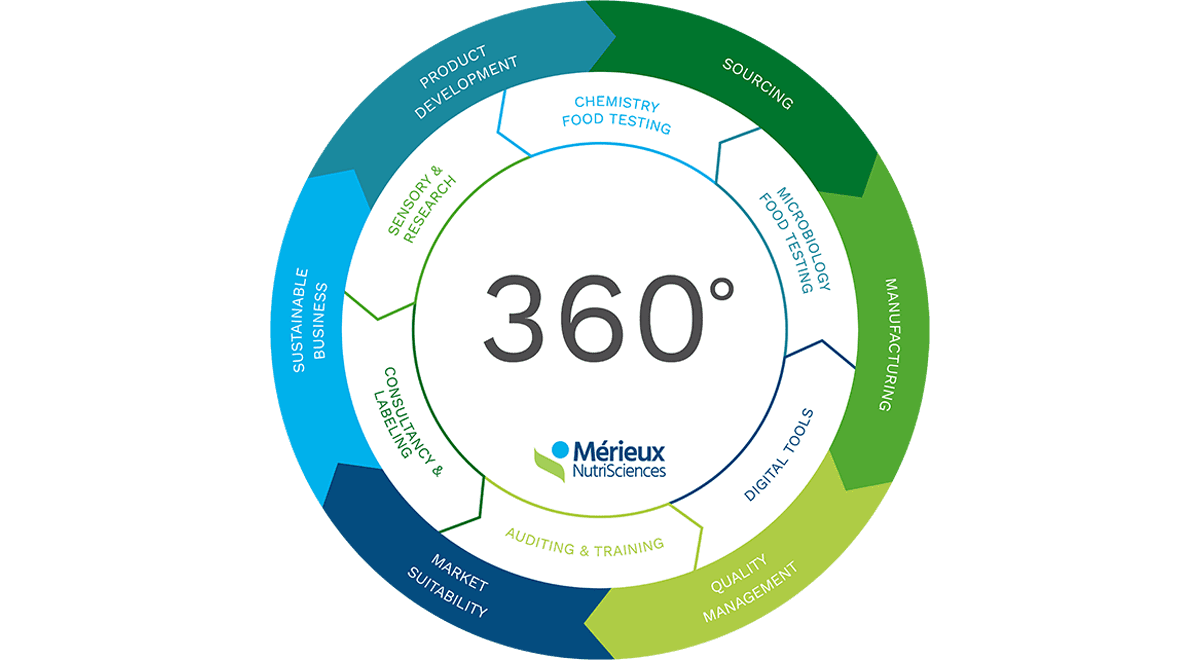The food packaging market is on the rise. According to Statista (2022), the global market value was 305 billion USD in 2019, and it might reach 463 billion by 2027. In the Middle East, Africa and Asia Pacific regions, increasing consumer trends for eCommerce, ready-to-eat meals and sustainable packaging are driving the food packaging market forward. The Covid-19 pandemic also accelerated the growth of the packaging industry. It raised significant awareness among consumers of the hygiene and food safety role of packaging.
Now more than ever, food brands need to ensure that their packaging materials do not pose a risk to food safety.
Manufacturers need to know that all packaging materials can potentially make food unsafe and pose a risk to consumers’ health. Quality professionals must be aware that all types of packaging materials can contain dangerous contaminants that may migrate into food. They impact the quality and shelf-life of a product. As such, packaging manufacturers need to take measures to prevent the risk of contamination in their materials and meet increasingly stringent safety requirements worldwide.
Likewise, consumer attitudes towards sustainability and industry initiatives are pushing packaging manufacturers to shift from single-use plastics to sustainable alternatives. However, the question here is, can we guarantee packaging materials are safe just because they are sustainable? The answer is no.
Do you know if your packaging materials are compliant in your target market?
Manufacturers must assess packaging material safety to avoid compromising consumer health during product development.. Regardless of the size of your business, you need to comply with the established food safety regulations in your market.
Packaging materials are increasingly regulated worldwide to ensure products are safe for human consumption. To demonstrate compliance with regulatory food packaging parameters, brands may require to present a certificate of laboratory analysis (COA). Different countries have different regulations and testing requirements around packaging materials. These regulations set maximum levels for substances that may migrate from packaging to food and have toxicological relevance.
With new sustainable packaging materials and emerging contaminants on sight, validating food packaging safety has become imperative. And not only for businesses that wish to meet packaging regulations but for all manufacturers that want to ensure their packaging does not pose a risk to their food products.
What control points can you apply to ensure the safety of packaging materials used with your food products?
There is always an interaction between food and packaging. The migration of components cannot be zero, and it has to be investigated to guarantee packaging conformity and consumers’ safety. Migration testing helps manufacturers determine whether chemical substances are transferred from packaging and food contact materials to food.
We have listed the most common safety tests manufacturers should consider when assessing the safety and suitability of their packaging :
- Overall Migration Test: Refers to the total non-volatile chemical structures that pass from plastic to food.
- Specific Migration Test: Relates to the transition of certain molecules or elements from the packaging structure to food. Migration test is the quantification, in the stimulant liquid, of specific substances (monomers, additives, metals, etc.) present in the packaging material to analyze, intentionally added by the manufacturer and usually declared by the supplier. It can be performed in all volatile and non-volatile structures. It includes, but not only, Heavy metals, Bisphenol A, Phthalates, Mineral oils (MOSH & MOAH), Melamine, and PFAS (Per- and Polyfluoroalkyl Substances).
- NIAS (Non-Intentionally Added Substances): This is an untargeted analysis that can reveal the presence of substances derived from polymers or additives degradation due to impurities in raw materials, reaction products and other contaminants. They differ from additives with functional properties because they are not intentionally added.
- Set-off analyses: For printed films (metals in inks)
- Common Specific substance analyses: There are limitations on the substances that can be used in the composition of food contact paper-based materials. Due to these limitations Arsenic, Chloride, Polychlorobiphenyl, Formaldehyde, Lead, Cadmium, Mercury, and Pentachlorophenol analyses might be needed.
On top of these safety tests, manufacturers can run sensory analyses to understand if the container maintains the organoleptic characteristics of the food. Additionally, to ensure food integrity, we can test the mechanical and physical properties.
Tackle all Packaging Safety Challenges with the right Scientific Advice
Mérieux NutriSciences supports packaging producers and food companies in performing all the analytical investigations that enable them to comply with the legislation on Food Contact Materials and meet the increasingly evolving needs of the market.
Mérieux NutriSciences packaging laboratories specialize in food packaging testing and offer a wide range of tests and technical support on specific documentation concerning Food Contact Materials. Our R&D center is also able to support progress in the sector with new methods and advanced instrumental technologies.
Watch our Webinar: Food Packaging & Sustainability – Emerging Contaminants
Learn more about:
- The packaging market trends
- Overview of the well-regulated contaminants to monitor (such as bisphenol A and melamine)
- Emerging contaminants under scrutiny by regulatory bodies: MOSH & MOAH, Perfluoroalkyl and Polyfluoroalkyl substances (PFAS), Non-Intentionally Added Substances (NIAS)



